The Sun is likely to destroy the Earth in the next few billion years, but not by turning into a black hole.
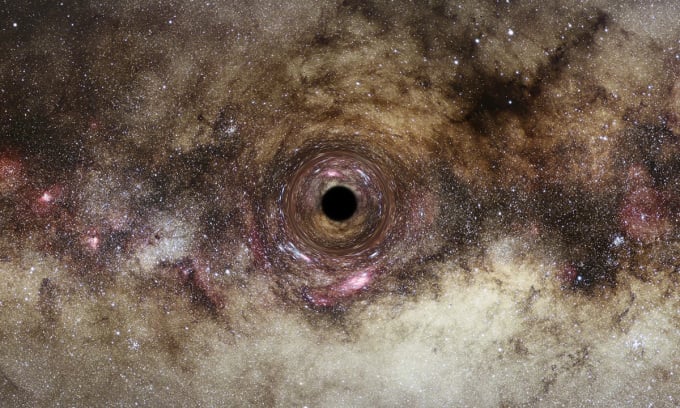
Simulation of a black hole in space. Image: ESA/Hubble/Digitized Sky Survey/Nick Risinger/N. Bartmann
In about 5 billion years, the Sun will reach the end of its nuclear-burning phase and will no longer be able to support itself against its own gravity. The star’s outer layers will swell out – a process that could destroy Earth – while the core will collapse into an extremely dense state, leaving behind a stellar remnant. If the gravitational collapse of the core is complete, the remnant will be a black hole – a region of space-time with such a strong gravitational influence that not even light can escape.
However, the Sun will not become a black hole. "It's very simple: the Sun is not massive enough to become a black hole," said Xavier Calmet, a black hole expert and professor of physics at the University of Sussex (UK).
There are many factors that influence whether a star can become a black hole, including its composition, rotation, and evolution, but the main requirement is the right mass. "Stars with an initial mass of 20 to 25 times that of the Sun have the potential to undergo the gravitational collapse necessary to form a black hole," Calmet said.
J. Robert Oppenheimer and colleagues were the first to calculate this threshold, called the Tolman-Oppenheimer-Volkoff limit. Scientists currently believe that a dying star must leave behind a core with a mass about 2-3 times that of the Sun to create a black hole.
When a star runs out of nuclear fuel in its core, nuclear fusion from hydrogen to helium continues in the outer layers. So when the core collapses, the outer layers expand and the star enters the red giant phase.
When the Sun becomes a red giant in about 6 billion years (that is, a billion years after it has exhausted the hydrogen in its core), it will expand to about the orbit of Mars, engulfing the inner planets, possibly including Earth. The outer layers of the red giant will cool over time and spread out, forming a planetary nebula around the Sun’s smoldering core.
The massive stars that form black holes go through several of these collapse and expansion phases, each time losing more mass. This is because the high pressure and temperature allow stars to synthesize heavier elements. This process continues until the core of the star becomes iron, the heaviest element a star can produce, and the star explodes as a supernova, losing more mass.
According to NASA, typical stellar black holes (the smallest type of black hole observed by astronomers) are 3-10 times more massive than the Sun, and this number can be as high as 100 times. The black hole will become more massive as it swallows the surrounding gas and dust, even swallowing its companion star if it was once in a binary star system.
The Sun will never reach the iron-fusion stage. Instead, it will become a white dwarf, a dense star about the size of Earth, Calmet said. So Earth will not experience the horror of being swallowed by a black hole.
Thu Thao (According to Live Science )
Source link


![[Photo] Prime Minister Pham Minh Chinh chaired a meeting to discuss solutions to overcome the consequences of floods in the central provinces.](https://vphoto.vietnam.vn/thumb/1200x675/vietnam/resource/IMAGE/2025/10/29/1761716305524_dsc-7735-jpg.webp)
![[Photo] Prime Minister Pham Minh Chinh chaired a meeting to evaluate the operation of the two-level local government model.](https://vphoto.vietnam.vn/thumb/1200x675/vietnam/resource/IMAGE/2025/10/29/1761751710674_dsc-7999-jpg.webp)

![[Photo] Human love in the flood in Hue](https://vphoto.vietnam.vn/thumb/1200x675/vietnam/resource/IMAGE/2025/10/29/1761740905727_4125427122470875256-2-jpg.webp)
![[Photo] Hue: Inside the kitchen that donates thousands of meals a day to people in flooded areas](https://vphoto.vietnam.vn/thumb/1200x675/vietnam/resource/IMAGE/2025/10/29/1761738508516_bepcomhue-jpg.webp)

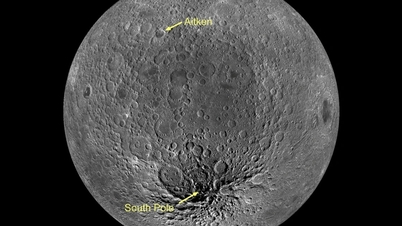

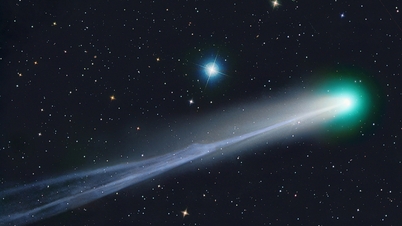

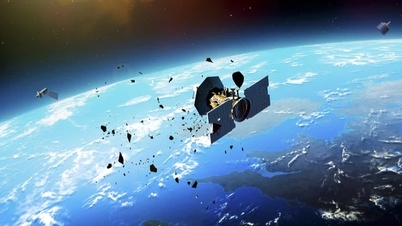
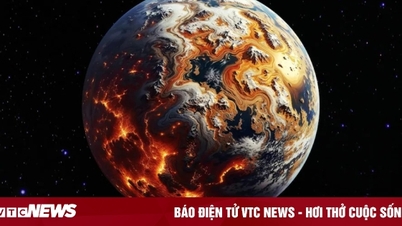

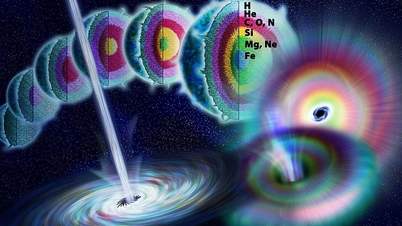








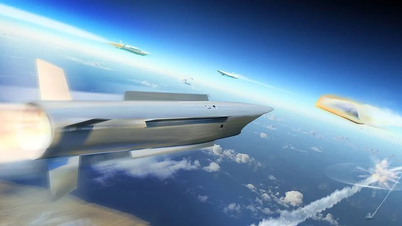
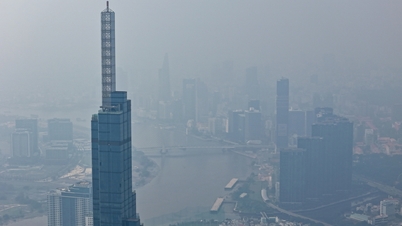






















































![[Live] Concert Ha Long 2025: "Heritage Spirit - Brightening the Future"](https://vphoto.vietnam.vn/thumb/402x226/vietnam/resource/IMAGE/2025/10/29/1761743605124_g-anh-sang-am-thanh-hoanh-trang-cua-chuong-trinh-mang-den-trai-nghiem-dang-nho-cho-du-khach-22450328-17617424836781829598445-93-0-733-1024-crop-1761742492749383512980.jpeg)






























Comment (0)